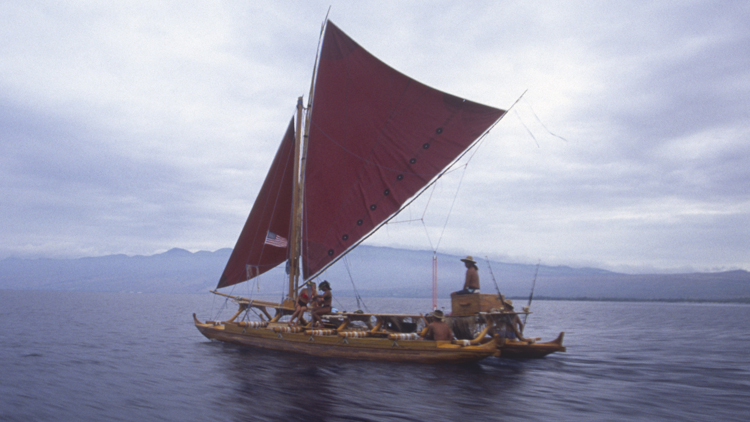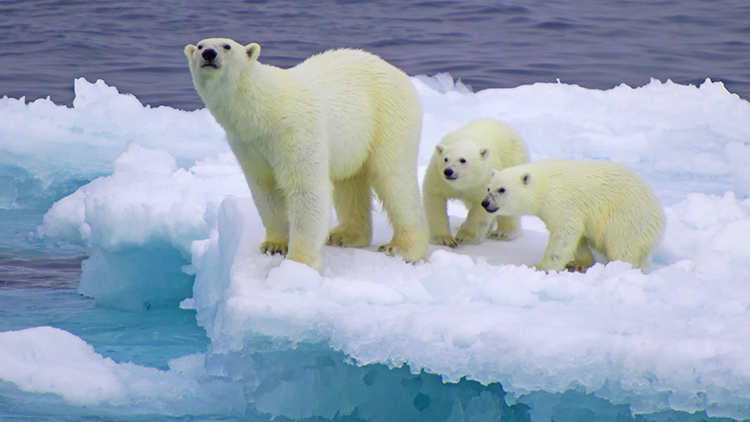
Have you ever used a compass? A map? Or do you usually ask your parents for directions? Imagine being in the middle of the ocean and voyaging to islands that are hundreds of miles away—without any modern devices. This is exactly how Polynesian people from the southern portion of the Pacific Ocean traveled thousands of years ago! They made long trips across the ocean with navigation skills acquired through experience and observation. Native voyagers built special boats called double-hulled canoes. They bound two canoes together to give the vessel stability in the water and to provide room for families and supplies. Double-hulled canoes had a central platform of beams, triangular sails, and were often fifty to sixty feet long! They could hold about two dozen people, their food supply, and materials for living in new lands.
Voyagers from Southeast Asia set sail and discovered many islands in the Pacific Ocean. They travelled great distances and discovered many islands, such as Hawaii, Fiji, and Tahiti. The area they explored is now called Polynesia, which comes from a Greek word meaning many islands. Time name is fitting, since there are over one thousand islands in Polynesia! Polynesians mastered the art of voyaging. They navigated the seas using the stars, the Moon, the ocean current, and even birds. They used the natural elements to find their way.
Today, Polynesians remember voyaging as an important part of their culture. Many are committed to documenting and passing on traditional knowledge, caring for the natural world, and protecting the ocean environment.
What Do You Think? What can we learn from the skills of the Polynesian culture to help us navigate the ocean without modern technology?
Reading Response Click on this link to respond to your reading. Print out the response page or upload it to your classroom site.
Photo Credit: (c) Michael Melford/Getty Images



